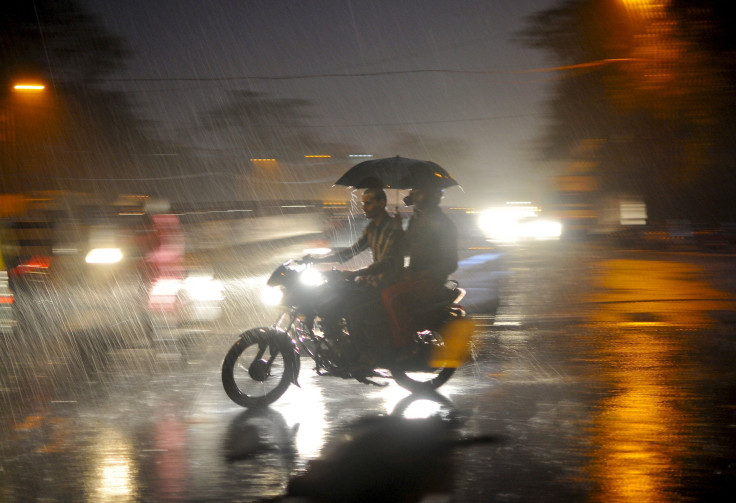El Nino 2015 To Be ‘Substantial,’ Extreme Weather To Impact South Asia And Australia

El Nino has arrived, and it’s not looking good. The cyclical Pacific Ocean phenomenon that brings extreme weather to parts of Southeast Asia, Australia and the Americas is expected to be particularly eventful this year despite earlier predictions of a tame 2015 El Nino, the Australia’s Bureau of Meteorology reported this week.
"This is a proper El Nino effect, it's not a weak one," David Jones, manager of climate monitoring at the Australian weather agency, told reporters Tuesday, according to the Agence France-Presse. "There’s always a little bit of doubt when it comes to intensity forecasts, but across the models as a whole we'd suggest that this will be quite a substantial El Nino event."
El Nino, which occurs every two to seven years, has been known to bring crippling drought conditions to Australia and monsoons to parts of Southeast Asia that can devastate economies and disrupt global agricultural markets, the AFP reported. Scientists, who said this year’s El Nino is in its early stages, expect the worst of the climate pattern to hit the tropical Pacific region by September.
El Nino arises when trade winds circulating over the Pacific Ocean weaken, causing surface ocean temperatures to rise. The warming has a ripple effect on climates all over the globe, shifting tropical rainfall patterns. The last El Nino five years ago impacted Southeast Asian countries with monsoons and resulted in tens of billions of dollars in economic damages.
This year’s El Nino arrived in spring and has already brought intense heat to parts of the Asia Pacific. “We’ve already been hit by a three-month dry spell. We could not plant anything since January. All of us here in Taculen are praying for more rains,” a rice farmer in the southern Philippines named Benny Ramos told Fortune.
India is expected to take the brunt of the 2015 El Nino event. Agriculture already weakened by bad weather would be severely impacted, according to Fortune. Meteorologists expect below-average monsoon rains in southern India that could cause a dry spell and decimate the country’s rice, corn and palm oil industries. Droughts are expected to impact Australia, as well.
© Copyright IBTimes 2024. All rights reserved.






















